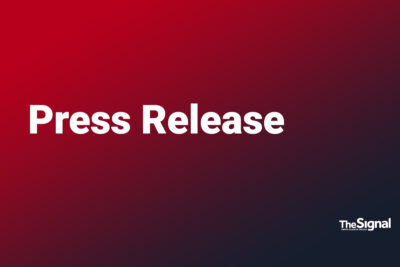A key element to business sustainability is having the best cash flow model possible.
Every owner, CEO, or entrepreneur should invest time on an ongoing basis to determine how to maximize their company’s cash flow.
Managing cash flow has to be built around the foundational idea of what works best for the company and not what works best for the client. This is not to say it is a zero-sum proposition, because it isn’t.
How do you effectively manage cash flow? How do you make this a “win-win” for your company and your clients?
When Kraig Kramers was CEO of Snapper, maker of lawn-care and snow-removal equipment, he received a cash report every morning.
He did this for two reasons. First, it sent a message to every employee that he was monitoring cash flow and expected his employees to do so as well.
Second, he understood that cash was critical to business survival and growth and that this responsibility could not be delegated.
Companies create risk when they lack a written policy for extending credit or making collections. Even riskier is having policies but failing to execute them. This happens far more often than people like to admit.
Managing cash flow starts with creating credit and collections policies and procedures. These are not essays. Your documents need to concisely explain your internal program for extending credit and collecting money.
But a policy and procedure without an owner is nothing more than ink on paper in a binder, unlikely to do more than gather dust. Someone in your company has to “own” your cash flow policies and procedures and make sure they’re enforced every day.
When it comes to invoicing and collections, many executives believe they should adhere to their industry’s normal and customary practices. Otherwise clients will take their business elsewhere. In other words, if your industry traditionally pays invoices within 90 days, you have to accept those terms.
This is not accurate. I know of instances where owners hold their client’s feet to the fire and demand to be paid faster than industry standards. Terms of payment are negotiable.
Is your sales team properly explaining your company’s receivables policies while on sales calls to current and prospective clients? It wouldn’t be a bad thing to review these internal policies regularly to avoid misunderstandings on the part of the sales team.
One way to reduce risk is to determine clients’ credit worthiness assign credit limits to each client. Since a company’s ability to pay can change dramatically quickly, periodic credit reviews are essential. Credit insurance is available at a relatively low cost to mitigate risk of default or short payments.
Is your company making it easy for your clients to pay your invoices? Are you waiting for checks to arrive in the mail when your buyer would prefer to pay by credit card or by wire transfer?
On the payment side, are you mailing checks to pay your bills or would you rather pay electronically or via credit card? Which method would keep cash in your bank accounts longer?
Is someone following up to insure that your invoices are reach the right person at each client?
Misdirected invoices — whether emailed, faxed, mailed through the post office or sent via FedEx — can lead to late payments from your clients.
Is someone making the necessary calls to clients to proactively check on the status of payments? For example, if a payment is due within five days, a phone call from your company to check the status of the payment would not be out of line. In fact, it would be a wise use of resources.
Sending “past due” notices and hoping that the client will pay outstanding invoices immediately doesn’t work. When previous “past due” notices have been ignored, sending more may well be a waste.
Some companies assign a lower level person the task of making “collection calls.” Because it is unpleasant to do this assignment, they may put it off until the end of the day and the end of the week. These calls inevitably end up in voice mail, and often go unreturned.
The owner, CEO, and entrepreneur need to take an active role to ensure that the cash flow of the company is protected and positive. This may mean changing your business model. It may mean finding better clients, and moving away from clients that cannot pay their bills within set deadlines.
It may mean that your company needs to address gaps in policy and in execution. Poor cash flow happens because of poor design, lack of policies, lack of communication with clients, and poor or non-exist execution by staff.
As the leader of your company, you own cash flow, or the lack of it.
Ken Keller is a syndicated business columnist focused on the leadership needs of small and midsize closely held companies. Contact him at [email protected]. Keller’s column reflects his own views and not necessarily those of this media outlet.












